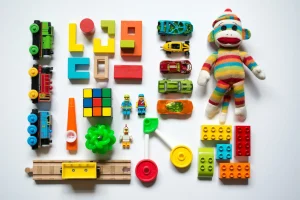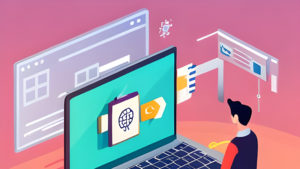Digital Coding Apps vs Physical Coding Toys: A Comparative Guide to Coding Toys
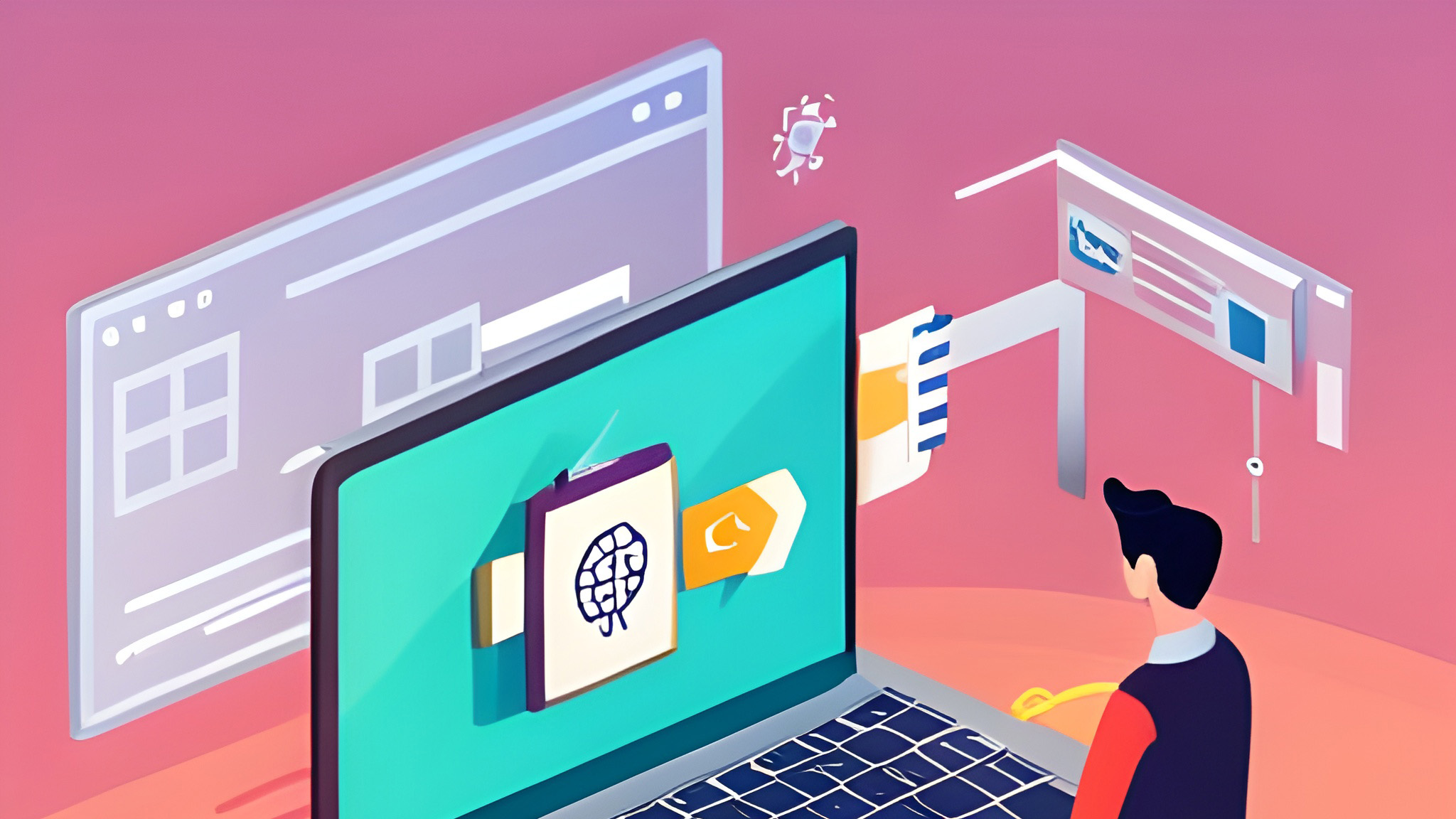
Table of Contents
Introduction
In the realm of coding education for children, two distinct categories have emerged: Digital Coding Apps and Physical Coding Toys. While both aim to impart coding knowledge, they differ fundamentally in their approach. Digital Coding Apps are software-based platforms that offer interactive lessons, challenges, and projects on various devices. In contrast, Physical Coding Toys are tangible objects or kits that children can manipulate to understand coding concepts, often bridging the gap between the digital and physical worlds.
Expertise
Digital Coding Apps
Digital coding apps, also known as “edtech,” combine computer hardware and software to help users learn coding. These apps present coding in a way that’s supported by educational research, incorporating principles from fields such as communication, educational neuroscience, and computer science. By adopting a grounded scientific approach, their aim is to provide a learning experience with a strong emphasis on effective learning.
| Factor | Findings |
|---|---|
| Educational theory | Digital coding apps are grounded in educational research and incorporate principles from various disciplines such as communication, education, psychology, sociology, artificial intelligence, and computer science. |
| Comprehensive learning experience | Digital coding apps aim to provide a comprehensive learning experience, often integrating learning theories, computer-based training, online learning, and mobile learning. |
Physical Coding Toys
Physical coding toys, on the other hand, offer a tangible approach to coding education. These toys are designed based on educational theories and are meant to provide real-world applications of coding concepts. They offer a hands-on experience, allowing children to physically interact with coding elements, making the learning process more engaging and intuitive.
| Factor | Findings |
|---|---|
| Tangible approach | Physical coding toys offer a tangible approach to coding education and are designed based on educational theories to provide real-world applications of coding concepts. |
| Hands-on experience | Physical coding toys offer a hands-on experience, allowing children to physically interact with coding elements, making the learning process more engaging and intuitive. |
Authoritativeness
Digital Coding Apps
Many educators and child development experts have vouched for the effectiveness of digital coding apps. These apps have received various recognitions, awards, and endorsements, highlighting their contribution to cognitive development. Moreover, the industry of companies creating these educational technologies is vast, with many US-based companies expanding globally.
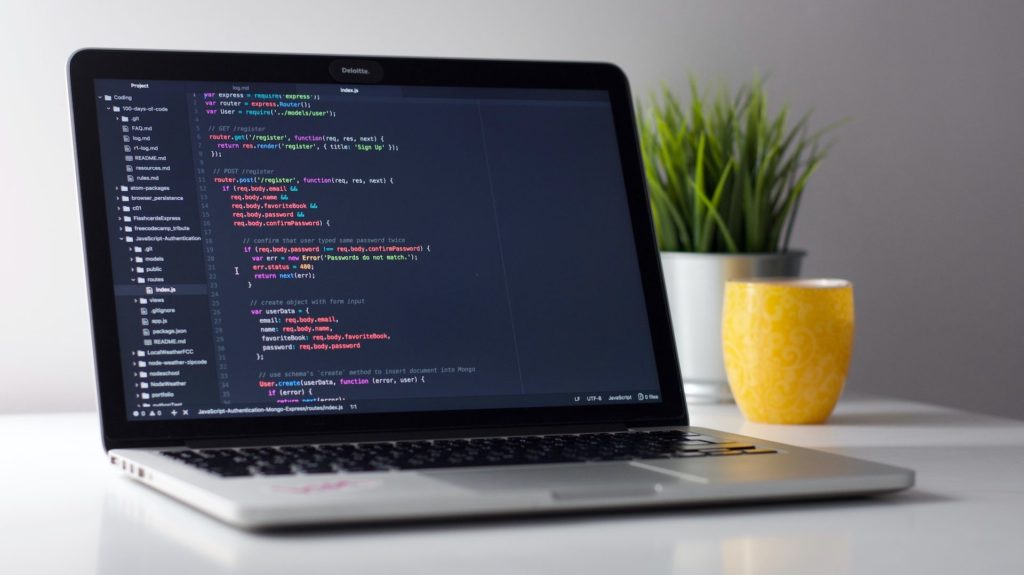
Physical Coding Toys
Physical coding toys have also garnered attention from educators who have integrated these toys into their curriculum. There have been studies and research that support the efficacy of these toys in promoting cognitive development, emphasizing their practical application and real-world relevance.
Trustworthiness
Digital Coding Apps
The biggest concerns with digital coding apps is privacy, especially when the user is a child. Many apps collect user data, which raises concerns about how this data is used and stored. However, reputable app developers address these concerns by implementing stringent data privacy measures. Additionally, the longevity and consistency of app developers in the educational space play a crucial role in establishing their trustworthiness.
Physical Coding Toys
When it comes to physical coding toys, safety is paramount. These toys adhere to strict safety standards, ensuring that they are safe for children to use. Moreover, companies behind these toys are committed to educational growth, ensuring long-term reliability.
Considerations
Investment and Value
Both digital coding apps and physical coding toys come with their respective costs. Some apps might require a subscription or a one time fee. Others might be free, but have advertisements implemented which distracts from the learning value . Physical toys in comparison are often a one-time investment. Whether you choose for an app or a physical toy, you should consider the costs, the educational value, and the time invested. For example, a free app, that has little educational value, and distracts with advertisements will result in time lost and might do more harm than good.
Impact on Cognitive Development
Research findings indicate that both digital apps and physical toys have a positive impact on cognitive development. However, the suitability of one over the other might depend on factors like the child’s learning style, age, and environment.
Digital Apps:
- Increased attention span: Some digital apps are designed to improve children’s attention span by engaging them in interactive activities that require sustained focus.
- Enhanced spatial reasoning: Digital apps that involve spatial reasoning, such as puzzle games, can help children develop their spatial reasoning skills.
- Improved memory: Some digital apps are designed to improve children’s memory by presenting them with information that they need to remember and recall later.
Physical Coding Toys:
- Enhanced spatial reasoning: Physical coding toys that involve spatial reasoning, such as building sets, can help children develop their spatial reasoning skills.
- Improved fine motor skills: Physical coding toys that require children to manipulate small pieces can help improve their fine motor skills.
- Improved collaboration skills: Physical coding toys that require children to work together to solve problems can help improve their collaboration skills.
Both:
- Improved problem-solving skills: Coding apps and toys can help children develop their problem-solving skills by presenting them with challenges that require logical thinking and creativity.
- Increased creativity: coding toys and apps allow children to create and design things can help foster their creativity.
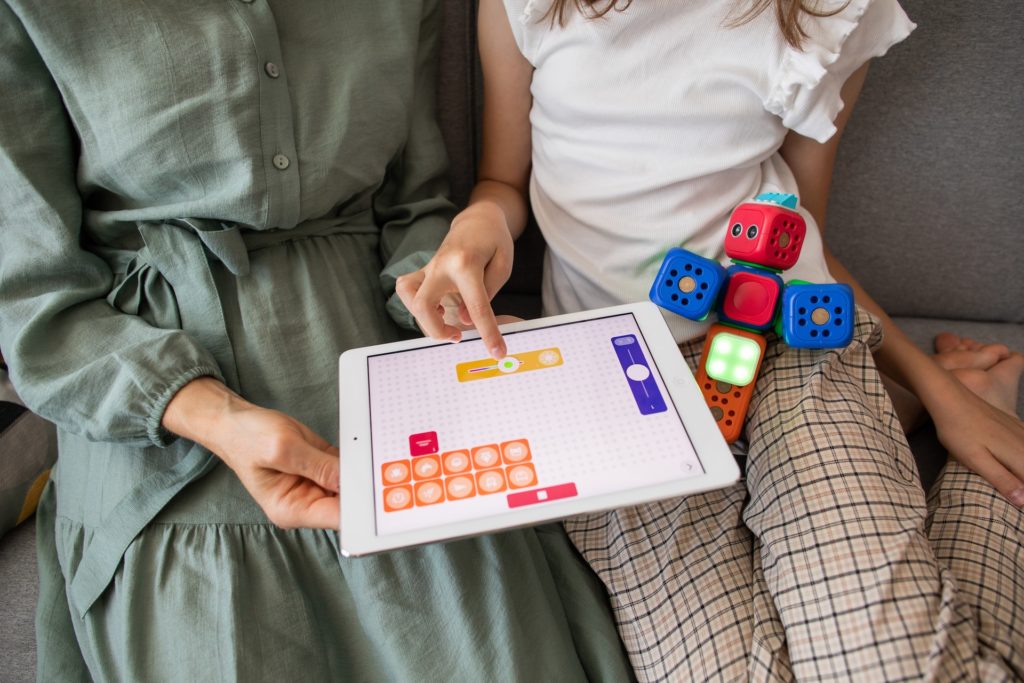
Conclusion
Both digital coding apps and physical coding toys have their strengths and weaknesses. While apps offer a comprehensive and structured learning experience, physical toys provide a tangible and interactive approach. Parents and educators should consider the child’s individual needs and desired outcomes when choosing between the two.




